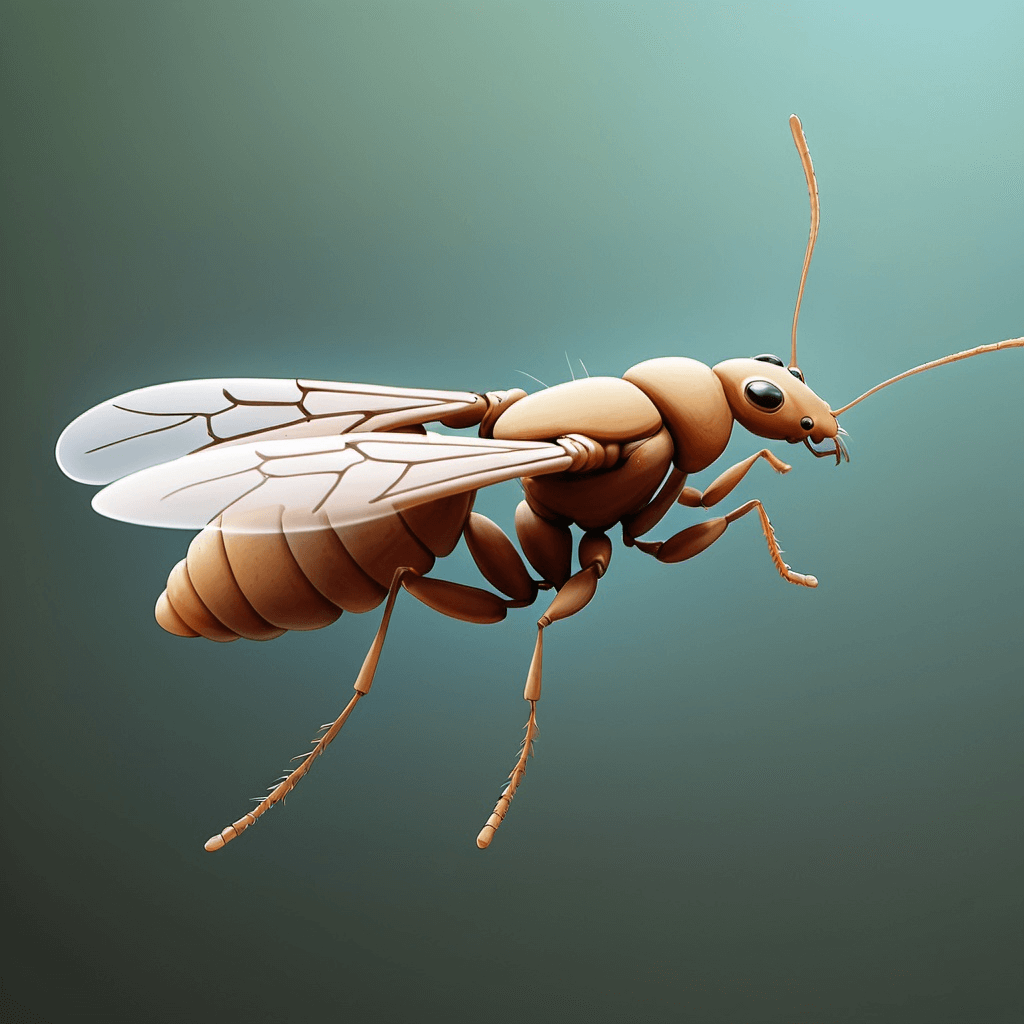
Understanding Flying Termites: Behavior, Habitats, and Control
Flying termites, also known as swarmers or alates, are the reproductive phase of termites. These insects are essential to the ecosystem but can also pose significant challenges to homeowners due to their destructive nature. In this article, we will explore the behavior and characteristics of flying termites, their habitats, and effective control methods.
What Are Flying Termites?
Flying termites are typically the winged males and females of termite colonies. Their primary purpose is to reproduce and establish new colonies. They emerge from their nests in large swarms during warm, humid weather, usually in the spring or early summer. Swarming is a critical part of the termite life cycle, allowing them to disperse and find new locations to establish colonies.
Identification
Flying termites can be easily mistaken for flying ants due to their similar appearance. However, there are distinct features that set them apart:
- Wings: Flying termites have two pairs of wings that are of equal length, while flying ants have front wings that are larger than their hind wings.
- Body Shape: Termites have a broad waist and a straight body, whereas ants have a narrow waist and a more segmented body.
- Antennae: Termites have straight, beaded antennae, while ants have elbowed antennae.
Behavior and Swarming
Swarming behavior is a critical aspect of flying termites’ life cycle. When environmental conditions are ideal, usually after rainfall, flying termites take to the air in search of mates. During this time, they are particularly vulnerable to predators, including birds and other insects.
Once a flying termite finds a mate, they will land and shed their wings, beginning the process of establishing a new colony. This new colony will grow and eventually produce its own swarmers, continuing the cycle.
Habitat
Flying termites thrive in warm, humid environments. They are often found in:
- Decaying Wood: They feed on cellulose found in wood and plant matter, making decaying wood an attractive habitat.
- Soil: Subterranean termite species build their colonies underground, emerging as swarmers during mating season.
- Moisture-Rich Areas: Termites are drawn to moisture, so areas with leaks, standing water, or high humidity can attract them.
Signs of Infestation
Homeowners should be vigilant for signs of a termite infestation, which can include:
- Swarmers: Finding flying termites indoors or around your property is a clear sign of a nearby colony.
- Discarded Wings: After swarming, termites shed their wings. Finding discarded wings in your home can indicate a problem.
- Wood Damage: Hollow-sounding wood or tunnels in wood structures can signify termite activity.
Control and Prevention
If you suspect a flying termite infestation, prompt action is crucial. Here are some effective control and prevention methods:
- Inspection: Regularly inspect your home for signs of termites. Look for damaged wood and check areas with high moisture.
- Reduce Moisture: Repair leaks and improve drainage around your home to create an environment less conducive to termites.
- Seal Entry Points: Close cracks and openings around the foundation, windows, and doors to prevent termites from entering.
- Remove Food Sources: Store firewood away from your home and eliminate decaying wood and vegetation in your yard.
- Professional Treatment: If an infestation is confirmed, it’s essential to contact a pest control professional who can assess the situation and provide effective treatment options.
Conclusion
Flying termites play a vital role in the ecosystem but can be a significant nuisance for homeowners. Understanding their behavior, identifying signs of an infestation, and implementing effective control measures can help protect your home from these destructive pests. Regular inspections and preventive practices are key to minimizing the risk of termite infestations and maintaining the integrity of your property. If you suspect a termite problem, don’t hesitate to seek professional help to address the issue promptly.